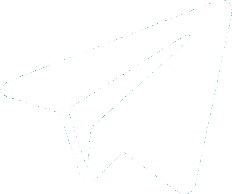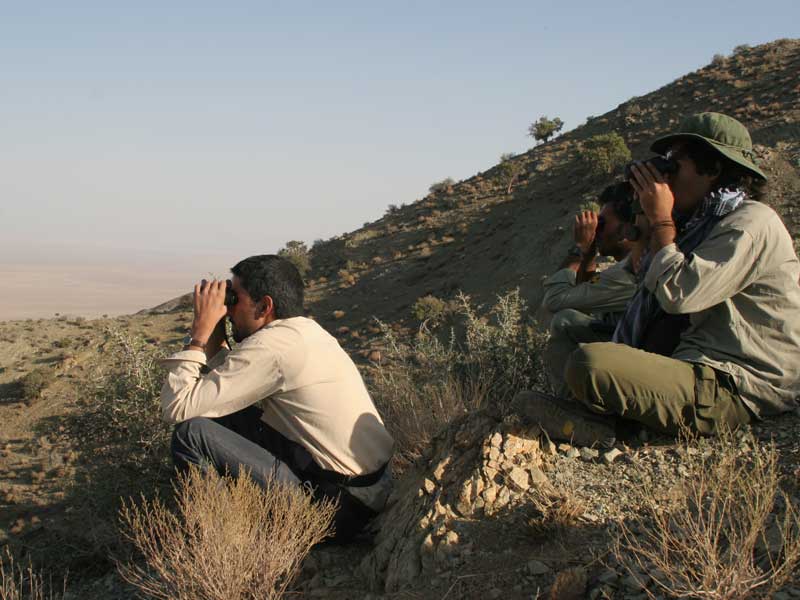Project Description
Project introduction) Necessity)
The Livelihood and conservation fund started its work in October 2009. This fund was formed with the purpose of helping and creating a permanent livelihood for the villagers nearby the protected areas. Each of its products is a subset, of the conservation projects in Iran. Which is to support the villagers in the area. These products are made, packaged and presented with very specific and natural features. The livelihood and conservation fund tries to educate and raise people’s awareness about our precious natural heritage and to protect the specific Climate and geographical features of Iran. In addition to creating more jobs and opportunities in different areas, by presenting the villager’s products this Fund tries to introduce the people of large cities to the conservation activities, in different areas in Iran
(Goals (main Goals
The villages under the support of the Livelihood and conservation fund are normally close to protected areas. Therefore these villages must have educational and conservation programs either done by this association’s staff or others or by other active environmental groups who work in the field of conservation of environment
In addition to generating Income for the local community, this fund tries to care about conservation issues and include some activities in order to maintain the generated income
Educating the villagers and introducing them to capabilities of Handicrafts and their healthy foods
Presenting handicrafts and food that are in a packaging Compatible with the environments
Helping to create a sustainable livelihood by introducing products and distributing them in vast and huge markets in the cities
Achieving social welfare for the local communities through a sustainable livelihood
Attempt to support and to cooperate with villagers as the key stakeholders to perform basic actions in order to prevent Environmental degradation
Attempt to provide financial support to villagers in the protected areas, such as facilitating and lending facilities and credit, for structured and sustainable use from environmental sources
Forming new sales markets in large cities, by producing and introducing new products and therefor encouraging villagers for better livelihoods
Time of the project
October 2009 to October 2012
Members
Founders
(Hamed Moshiri- Leila sadrie (Project management
Colleagues
Yasaman Talebi- Azar Sedaghati Khayat- Naghme Naghiloo- Shadi Tavakoli mehr- Hesam Khaleghi- Elnaz Neinavaz- Nazanin Mohsenian- Arjang Mokhtari
Project location and approaches
These products have been chosen by the plan for the land society in line with the objectives of the Livelihood and conservation fund
The provided products like natural food and handicrafts are the projects’ achievements for plan for the land society and other environmental NGOs in order to protect different animals and plant species
Some of the products related to joint projects like UNDP/GEF/SGP and FOA, are presented by other associations, under their name and with their own packaging
Some of these products are not the achievements of one specific project and the village is chosen with the purpose of teaching the villagers about the environment
The Livelihood and conservation fund’s products are sold in specific places
The Livelihood and conservation fund’s products are sold in specific places like charity markets, exhibitions and festivals held in Tehran and other cities
The Livelihood and conservation fund’s products were produced for a year in the Nature House in Golabdareh street and after a year it ended its work
The earth shop under the address: door no.9, floor 1, Escan building, Mirdamad street, is currently the provider for these products
Achievements
Introducing villages nearby protected areas, national parks and other trainings in order to educate people about conservation of the environment
Raising people’s awareness about protected areas and endangered species
Generating a sustainable income for the villagers by selling products
Lending villagers financial facilities
Training the villagers to create healthy and natural products
Women’s participation in social activities and economy of the family
Motivating producers to sustain the recovered industries
Supporting the achievements of empowerment, livelihood and cultural projects along with conservation of environment





